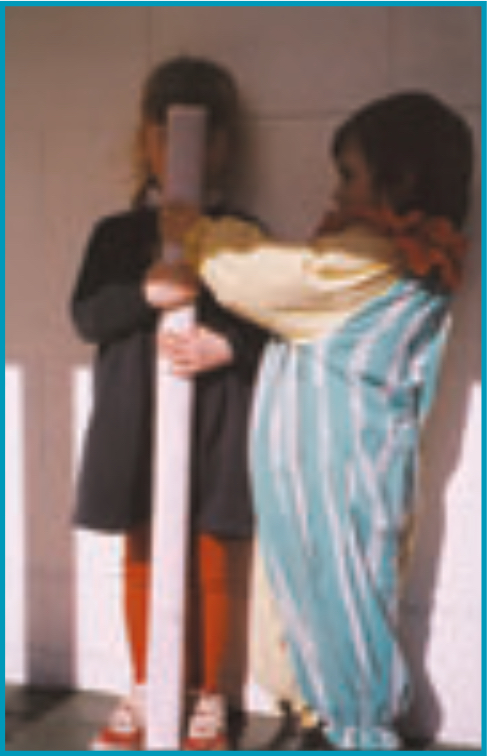Kei Tua o te Pae
Kei Tua o te Pae/Assessment for Learning: Early Childhood Exemplars is a best-practice guide that will help teachers continue to improve the quality of their teaching.
The exemplars are a series of books that will help teachers to understand and strengthen children's learning. It also shows how children, parents and whānau can contribute to this assessment and ongoing learning.
We are making improvements to our download-to-print functionality. So if you want a printed copy there are PDF versions available at the bottom of the main cover page.
Focusing the lens on Te Whāriki – He āta titiro ki Te Whāriki
A broad definition of the learning of symbol systems and technologies is provided by one of the goals in the Te Whāriki Communication/Mana Reo strand: “Children ... experience the stories and symbols of their own and other cultures.”14 However, the learning that these four books focus on is not confined to this strand. The Exploration/Mana Aotūroa strand includes becoming competent with a range of tools for pretend, symbolic, or dramatic play. Listening to stories and using books as references are ways in which children learn strategies for active exploration, thinking, and reasoning. Another way is representing ideas and discoveries using creative and expressive media and the technology associated with them. In an exemplar in Book 18, a child, Jake, represents the data from a survey in picture form. Children develop working theories about the world from familiarity with stories from different cultures. Spatial understandings are often derived from maps, diagrams, photographs, and drawings. Children learn to “read” photographs at a very early age. Children learn about Contribution/Mana Tangata and social justice from a range of experiences with symbol systems and technologies, for example, reading stories and allocating “fair” shares using mathematics. Stories frequently encourage discussions about another’s point of view. Multiple literacies have a place in the Belonging/Mana Whenua strand. They provide connections with the wider world of family and community, as the above example from Hirini Melbourne illustrates. This is what the rest of the world does – tells stories, makes pictures, writes, reads, uses symbols, maps, numbers, and so on. In Book 20, children use ICT to strengthen these connections: faxes and emails connect them with their families at work. Families send their children’s learning stories electronically to extended family across the world.
In Book 5, the exemplar “Sharing portfolios with the wider community” shows how an invitation written to residents in a nearby hospital widens the local community. Learning and being immersed in the cultures’ symbol systems and technologies for making meaning can be demanding. It requires a particular capacity to pay attention, maintain concentration, and be involved over time (a feature of the Well-being/Mana Atua strand).
Dimensions of strength
The ways in which assessment contributes to the strengthening and continuity of learning over time are discussed in Book 10. The possible pathways for learning that derive from the principles of Te Whāriki have a role to play in these five books as well. The principles (holistic development, relationships, family and community, and empowerment) can provide a guide for identifying dimensions of strength as children become more interested in and involved with literacy, mathematics, the arts, and ICT practices. Possible pathways associated with the use of symbol systems and technologies include:
- stronger integration into recognised patterns, regular events, and social practices (“Flopsy and Mopsy” in Book 17, for example);
- distribution across a widening network of helpful people and enabling resources (“Ezra explores height, balance, measurement and number” in Book 18, for example);
- connection to a greater diversity of social communities (“Rangitoto” in Book 19, for example);
- mindfulness as children begin to take responsibility and develop their own projects (“The photographer at work” in Book 20, for example).
These pathways are discussed on pages 9–10 of Book 10.

Ezra measures Eisak.
